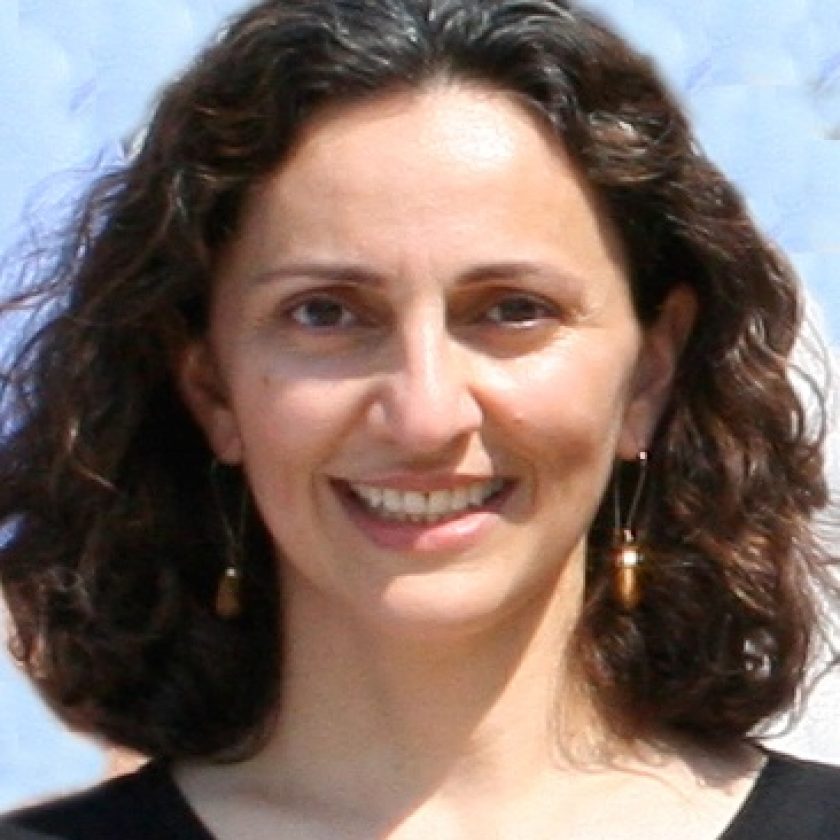Abstract
Characterizing and monitoring the state of the Earth’s environment is of increasing importance in the face of evident global climate change. Quantifying the change and factors that cause it is needed to model and predict future state of our planet, and is expected to help in mitigating and adapting to the potentially adverse effects of climate change on human life and global economy. Active microwave – or radar – remote sensing has long been recognized as a key component of an effective environmental observing strategy, due to the strong relationships of radar measurements with geometric and compositional properties of the Earth’s landscape. This talk starts by a brief description of some of the critical problems in environmental remote sensing today, and discusses how our research addresses several components of these problems by developing new spaceborne and airborne radar sensor technologies, electromagnetic scattering and inverse scattering models, and physics-based statistical signal processing methods. The emerging research on subsurface characterization is then discussed, which aims to map the profiles of soil water content (moisture) from surface to the root zone. Techniques for combining radar signal processing and inverse scattering are discussed, which are the bases for future physics-based high-resolution image formation of subsurfaces. Providing direct and high-resolution estimates of subsurface and root-zone soil moisture is one of the current grand challenges in climate research, expected to help the closure of the global water and carbon cycles.
Biography
Mahta Moghaddam is a Professor of electrical engineering at the University of Southern California (USC). Until 2011, she was at the University of Michigan. She received the Ph.D. degree in electrical and computer engineering from the University of Illinois, Urbana, in 1991. From 1991 to 2003, she was with the Jet Propulsion Laboratory (JPL), Pasadena, CA. During the past ~20 years of active involvement in environmental remote sensing Dr. Moghaddam has introduced a number of new approaches for quantitative interpretation of synthetic aperture radar imagery. Her most recent contributions include the development of new radar measurement technologies for subsurface and subcanopy characterization, development of forward and inverse scattering techniques for layered random media with rough interfaces, developing sensor web technologies for in-situ environmental sensing, and transforming concepts of radar remote sensing to high-resolution medical imaging. She is a member of the NASA Soil Moisture Active and Passive (SMAP) mission Science Definition Team, Chair of the SMAP Algorithms Working Group, and the PI for AirMOSS, a NASA Earth Ventures Mission. She is a Fellow of IEEE and a member of the NASA Advisory Council Earth Science Subcommittee.


